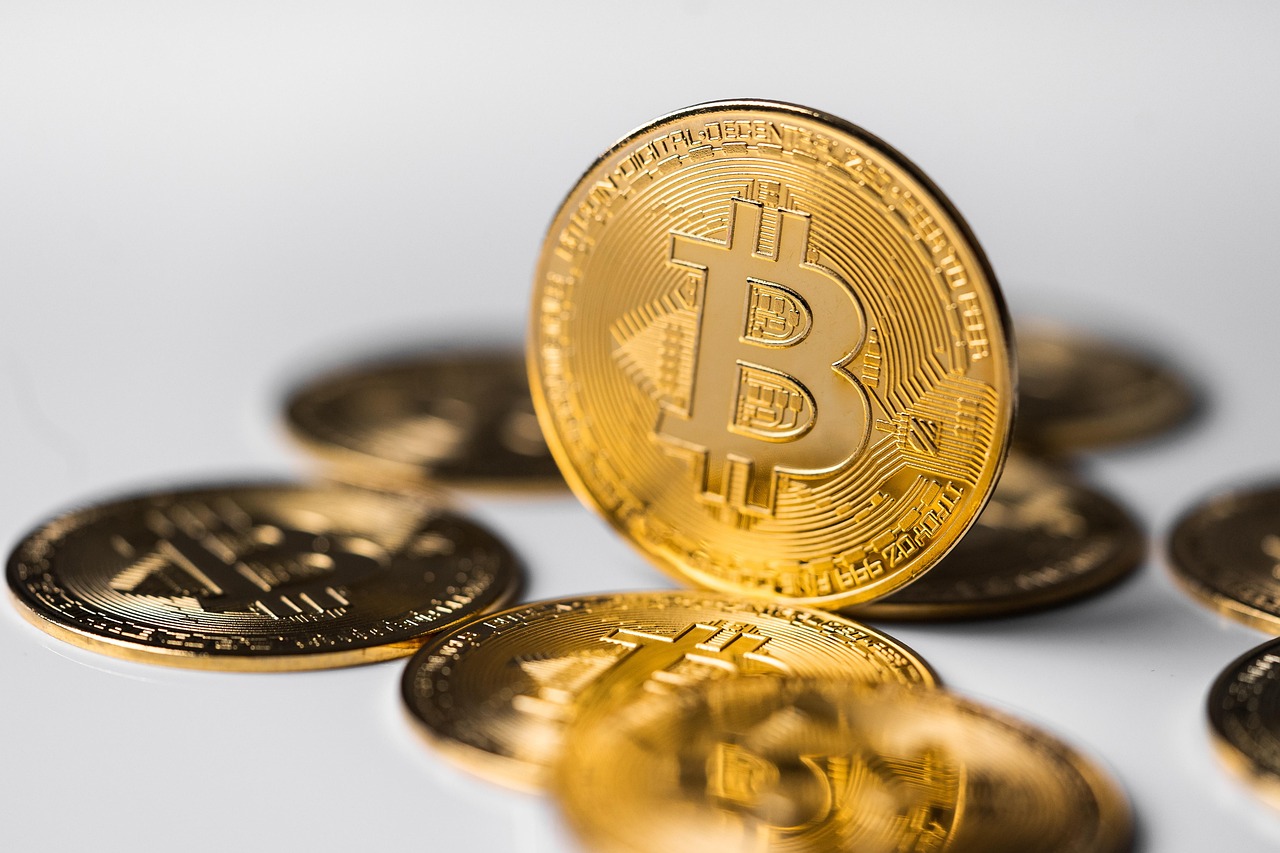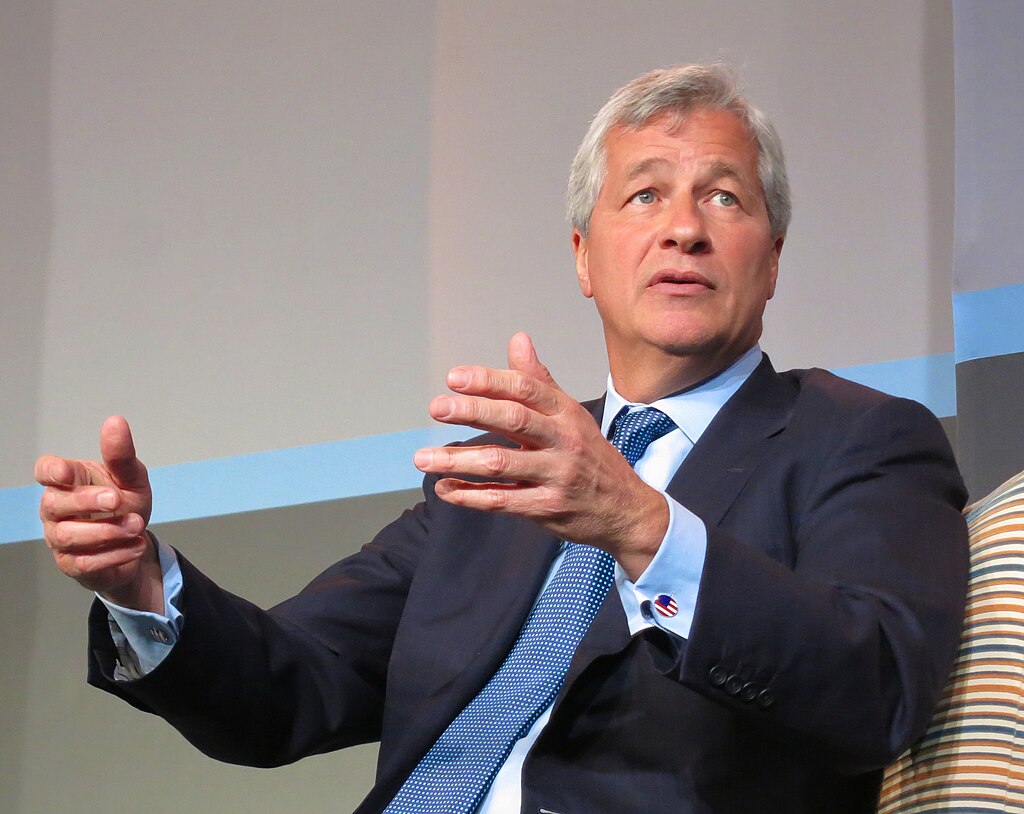Stablecoins, digital currencies pegged to a stable value like the US dollar, were conceived to bring the seamless, cross-border functionality of Bitcoin to a less volatile form of digital currency. This combination has gained immense popularity and propelled the total value of stablecoin transactions beyond that of Bitcoin since 2022.
Dark Side of Stablecoin Popularity
However, as stablecoins found favor among genuine users in the past two years, they became even more attractive to a different demographic—those exploiting them for international sanctions evasion and fraudulent activities amounting to billions of dollars.
According to Wired, in its annual crime report, cryptocurrency tracing firm Chainalysis has unveiled new statistics on the disproportionate use of stablecoins for these significant categories of illicit crypto transactions in the past year.
Stablecoins were implicated in 70% of crypto scam transactions in 2023, 83% of crypto payments to sanctioned nations like Iran and Russia, and 84% to specifically sanctioned individuals and entities. These figures significantly surpass the overall growth in stablecoin usage, constituting 59% of all cryptocurrency transaction volume in 2023 for legitimate purposes.
Stablecoin-Enabled Illicit Transactions Reach $40 Billion
In total, Chainalysis identified $40 billion in illicit stablecoin transactions during 2022 and 2023 combined. The primary category of stablecoin-enabled crime was sanctions evasion, accounting for over half of the $24.2 billion in criminal transactions observed across all cryptocurrencies in 2023, with stablecoins dominating this illicit landscape.
Chainalysis' head of sanctions strategy, Andrew Fierman, points out that stablecoins offer sanctioned individuals and countries a means to sidestep restrictions on accessing stable currencies like the US dollar. Whether in Iran or for those involved in money laundering, the stability of the US dollar is an appealing asset that stablecoins provide access to in restricted jurisdictions.
Examples include Nobitex, Iran's largest cryptocurrency exchange, where stablecoin usage outstrips bitcoin by a ratio of 9:1, and Garantex, a Russian exchange subject to sanctions, with a stablecoin-to-bitcoin ratio of 5:1.
According to Chainalysis, this stark contrast from the 1:1 ratio on non-sanctioned mainstream exchanges highlights stablecoins' notable role in sanctioned regions.
Tether Holdings, however, vehemently denies reports linking Tether to criminal activities and sanctions evasion. While acknowledging its capability to freeze funds associated with illicit activities, Tether Holdings asserts its commitment to transparency, compliance, and collaboration with global authorities. The debate surrounding stablecoin use continues to evolve amidst their dual nature in legitimate and illicit transactions.
Photo: Kenny Eliason/Unsplash



























Comment 0